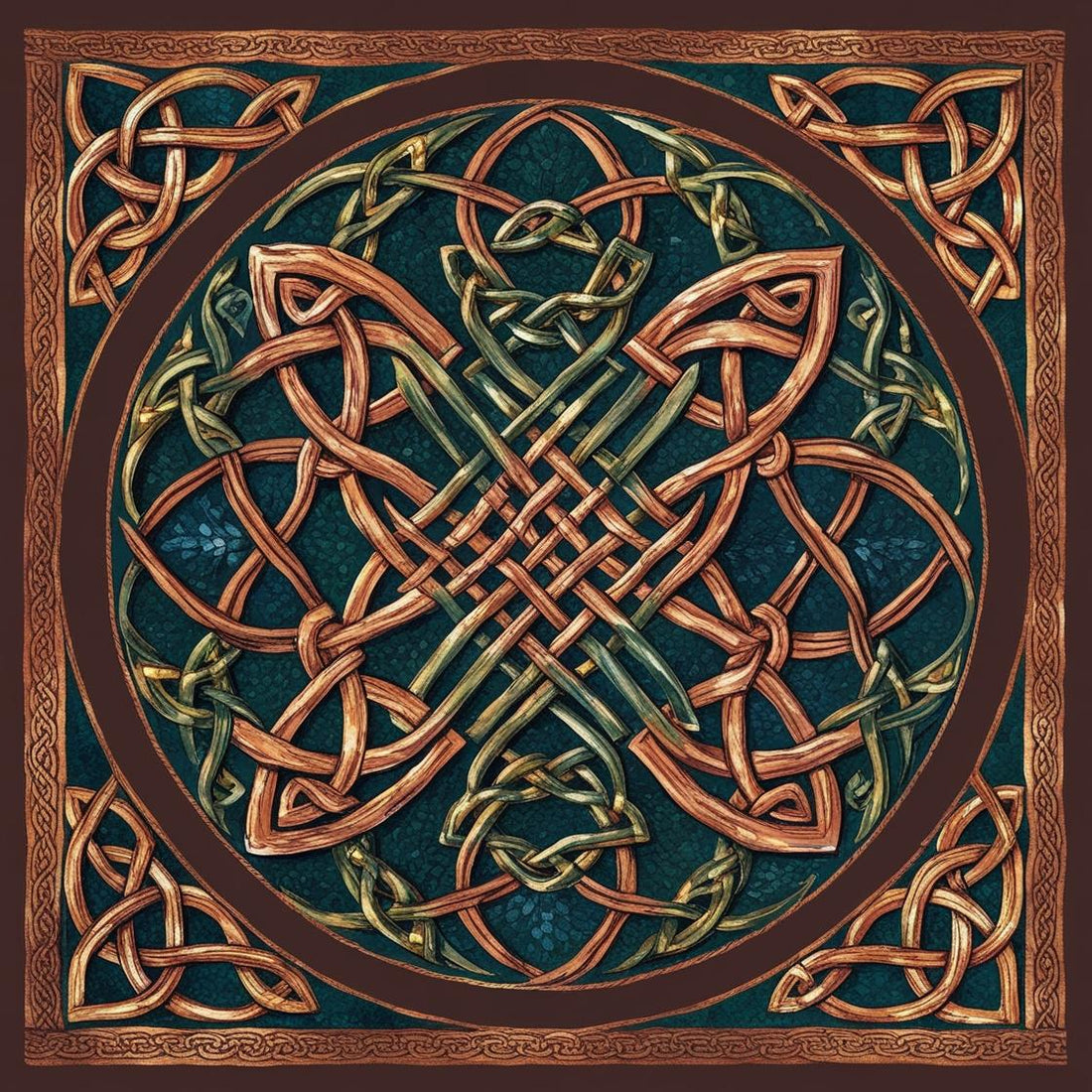
Celtic Knotwork: Beauty with Deeper Meaning
Celtic knotwork isn’t just about stunning patterns—it’s packed with symbolism that has been shaped over centuries. At first glance, these endless loops might seem like just decorative designs, but many believe they represent deep spiritual and philosophical ideas. While there’s no solid proof that the ancient Celts used knotwork as a formal symbolic language, people today often associate it with themes like eternity, connection, and protection.
One of the most common interpretations of Celtic knots is eternity. The never-ending, interwoven lines symbolize the infinite cycle of life, death, and rebirth—a concept that ties into broader Celtic spiritual beliefs like reincarnation and the soul’s journey. However, most of what we think we know about this meaning comes from medieval manuscripts and Christian adaptations, rather than direct evidence from ancient times.
Celtic knots are also seen as symbols of connection and unity. The way the lines weave together suggests that everything—people, nature, and events—is interlinked. This idea extends to community and relationships, showing how every person is part of a bigger picture. But since the original artisans didn’t leave behind written explanations, much of what we understand today comes from later scholars and interpretations.
Some Celtic knots incorporate other symbols, adding even more layers of meaning. For example:
- The Celtic cross combines the endless loops with a Christian symbol, reflecting how pre-Christian traditions blended with Christianity in places like Ireland and Scotland.
- Spirals, often found in ancient Celtic art, are linked to movement, transformation, and the journey of life.
- Key patterns, seen in old manuscripts and stone carvings, are thought to represent protection and hidden knowledge.
Even today, Celtic knotwork remains hugely popular in tattoos, jewelry, and home decor—not just because it looks amazing, but because of its deep symbolic roots. Whether you’re drawn to the idea of eternal life, inner strength, or the beauty of interconnectedness, these knots invite people to explore their personal connections to history, nature, and identity. Just keep in mind that a lot of the meanings we assign to them today are based on modern interpretations rather than direct ancient Celtic beliefs.
References
- Bain, G. (1973). Celtic Art: The Methods of Construction. Dover Publications.
- Green, M. (1997). Exploring the World of the Druids. Thames & Hudson.
- Laing, L., & Laing, J. (1992). Celtic Britain and Ireland: Art and Society. St. Martin’s Press.
- MacNamara, E. (2003). Celtic Art and the Influence of Christianity. Blandford Press.
- Meehan, A. (1991). Celtic Design: Knotwork. Thames & Hudson.
